Jul 15, 2025
Author:Lisa Martinez
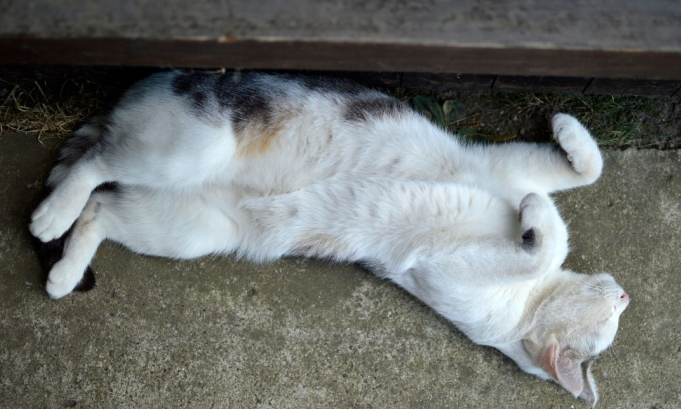
Cats don’t sleep randomly. Every curl, sprawl, or loaf tells you something. Not about comfort, but about trust, security, health, and mood. A cat snoozing belly-up isn’t being cute. It’s telling you: I feel safe here. That tight ball by the radiator? I’m conserving heat—leave me alone.
Sleeping positions are signals. You’ve seen them all. Now it’s time to actually read them. We’re breaking down the real meaning behind the most common cat sleeping positions. This isn’t feel-good fluff. It’s body language decoded.
Here’s what we’ll cover:
● The loaf — tension wrapped in fur
● Belly-up — total vulnerability or heat relief
● Side sprawl — deep sleep and safety
● Curled into a ball — warmth and instinct
● Paw-over-face — sensory shut-off or frustration
● Back-to-back — social bonding or seeking protection
● Tucked paws — ness under rest mode
● Unusual or contorted positions — comfort or health concern?
Let’s break down what your cat isn’t saying—but shows you every time they sleep.
The loaf—paws tucked, body compact, tail wrapped tight—is more than a cozy cat pose. It’s a readable signal that speaks to physical comfort, mental state, and overall well-being.
When a cat pulls itself into a loaf, it's protecting vital organs while staying semi-. This position keeps them warm without fully committing to sleep. They’re conserving energy but ready to react. No paws stretched out. No belly exposed. It’s a controlled pause.
You’ll see loafing:
● On cooler surfaces to stay insulated
● Near doorways or in visible spots to observe movement
● During the day, when they don’t want full rest, but need a break
The loaf often shows up in healthy, calm cats. But if the body looks stiff, or the paws aren’t tucked cleanly underneath, it could hint at pain or discomfort. Pay attention to the eyes. Closed and relaxed? They feel safe. Half-open and tracking? They're on standby, not fully settled.
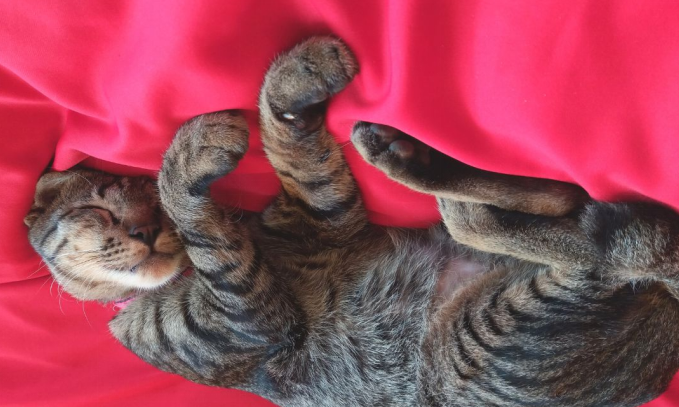
A cat lying belly-up looks relaxed—and it usually is. But this posture does more than advertise comfort. It reveals something highly specific about the cat’s environment and emotional state. Exposing the stomach, their most vulnerable area, means one thing: they feel secure. No perceived threats. No need for defense. This is a clear trust signal, not a request for belly rubs.
This position often shows up in:
● Homes where cats have consistent routines
● Rooms that are quiet, warm, and undisturbed
● Moments after play, when the cat is fully relaxed
But not every belly-up moment means safety. If a cat rolls and freezes with dilated pupils or a twitching tail, that could signal overstimulation or bait behavior. It’s not an open invitation. Track how often this position happens and where. Cats won’t use it in high-traffic areas or unfamiliar rooms unless they feel completely at ease. Placement and frequency matter.
The side sprawl is full-body relaxation. Legs out. Tail loose. Head tilted or dropped flat against the surface. This is not a position of caution—it’s full surrender.
Cats only sleep this way when they’re in a deep, non- state. Muscles are relaxed. Breathing is slow and steady. This posture requires environmental calm and a stable routine. You’ll often spot it:
● After meals
● In warm patches of sunlight
● On soft surfaces like cushions, beds, or thick rugs
If your cat consistently stretches out like this in open areas, that’s a reliable indicator of emotional security. They're not watching the door. They're not curled up tight. They’ve dropped their guard fully.
Checklist for interpreting the side sprawl:
● Location — open, visible spaces = high comfort
● Timing — often mid-day or after active play
● Muscle tension — fully limp = deep sleep
Side sprawl isn’t laziness. It’s a data point. One that speaks to trust, comfort, and consistency.
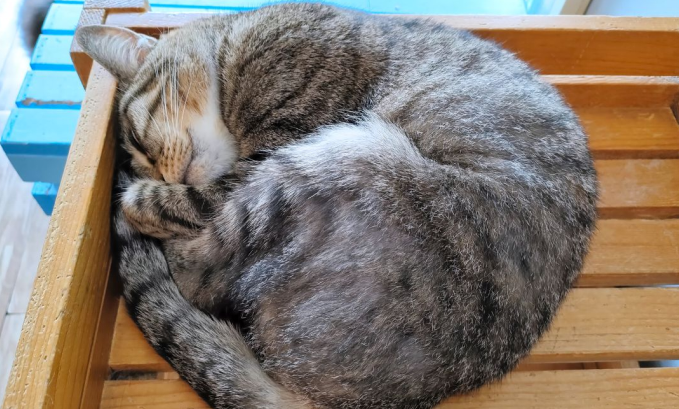
Tucked tight. Nose buried. Tail wrapped forward like a shield. The curled ball isn’t random—it’s instinct. This position minimizes heat loss and protects vital organs. In colder environments or during sleep transitions, cats return to this primal shape. It’s a survival holdover that still plays a daily role.
You’ll often see this during:
● Cooler nights or drafty areas
● Nap sessions on harder floors
● Transitions between rest and deep sleep
But it’s not always about temperature. When stress levels rise or routines change, curling tight becomes a defense pattern. Look at what’s happening around the cat when this position shows up.
Key interpretation signals include:
|
Factor |
What It Might Mean |
|
Surface temp |
Chilly or uncarpeted = heat conservation |
|
External noise |
More curling occurs when unfamiliar sounds increase |
|
Time of day |
Late-night or early morning = rest mode |
This pose tells you when your cat is conserving—not just energy, but peace of mind.
One paw was draped across the eyes. It looks accidental—but it rarely is. This move has a purpose. Cats use their paws to shut out light, block distractions, or mark the end of engagement. It's part sleep mask, part do not disturb sign.
This position typically shows up when:
● Ambient light changes, like when the morning sun hits the face
● Household movement increases, but the cat still wants to sleep
● Fatigue sets in quickly after activity
But there’s another layer. Paw placement over the face may also reflect minor discomfort, like irritation from smells, heat, or sounds. It’s a quick way for cats to shut down sensory input without fully shifting position.
Pro tip: Don’t confuse this with injury-related coverage. If the paw stays rigid or the cat winces when touched, that’s not sleep behavior. That’s a red flag worth checking.
Paw-over-face is more than cute. It’s a boundary. A quiet request to let sleep finish uninterrupted.
When cats sleep back-to-back—whether with another cat, a dog, or a human—it’s not by chance. It’s a selected contact. This position strikes a balance: physical closeness without full vulnerability. It’s a low-pressure trust signal that allows them to stay warm, connected, and partially .
Here’s where you’ll often see it:
● Between bonded pairs that share food, space, or grooming routines
● During naps, rather than deep, isolated sleep
● After shared activity or synchronized feeding schedules
Back-to-back sleeping is more common in multi-cat homes or with animals raised together from a young age. But in newer relationships, it can signal growing acceptance.
Breakdown of what to monitor:
● Tail alignment — loose and overlapping = relaxed
● Ear position — neutral, not angled or pulled back
● Frequency — more regular back-to-back sessions = stable bond
This posture reflects comfort with others, not just the space. It shows how social dynamics quietly shape where, when, and how cats rest.
When a cat sits upright with paws neatly tucked under its body, that’s not full rest. It’s a placeholder. The tucked-paw position—often called the meatloaf but slightly different from full loafing—keeps the cat grounded yet semi-ready. It reduces exposed limbs, conserves body heat, and signals a kind of guarded calm.
This posture tends to show up:
● During transitional periods, like post-meal or pre-nap
● When the environment is calm but not entirely quiet
● In spots where the cat wants a pause, not a shutdown
What makes this different from loafing is subtle. The spine stays more upright, the eyes stay slightly more active, and the tail may remain loose instead of wrapped.
Situations worth noting:
● Tucked paws on elevated surfaces = preference for surveillance
● Repeated posture in cooler rooms = heat retention tactic
● Mixed with eye-tracking or head tilts = , not asleep
Tucked paws are a resting position with guardrails. Sleep’s an option—but only if nothing changes.
Limbs twisted. Spine arched. Head dangling off a surface. These positions catch attention, not because they’re rare, but because they look so physically improbable.
But they’re worth tracking. Unusual or contorted positions typically point to maximum comfort or temperature regulation. Cats instinctively twist and stretch to cool specific muscle groups, relieve pressure, or find the exact alignment that relaxes the spine.
You’ll often see these shapes during:
● Extended solo naps in warm weather
● Post-play rest periods, especially after climbing or chasing
● Late afternoon, when the body temperature rises higher
These positions don’t mean something’s wrong—but they’re worth observing when they appear suddenly or frequently in odd places.
Use this filter to interpret them clearly:
|
Behavior |
Possible Reason |
|
One leg straight up |
Joint stretch after inactivity |
|
Twisted torso |
Muscle relief or heat dispersal |
|
Head off edge |
Cervical relaxation or surface fit |
Weird sleep isn’t meaningless. It’s biomechanics. The cat’s using its full range to solve for comfort, cooling, or post-exertion recovery.
Loafed, twisted, curled in tight, or flopped like they forgot their spine—each pose shows you something. Not random. Not cute for the sake of cute. It’s info.
You stop guessing once you catch on. These aren’t accidents. They’re messages. You don’t need a translator—just attention. That paw tucked tight? It means something. That belly-up sprawl? Says even more. Sleep turns into a full-blown signal system once you get the hang of it.
Here’s what got unpacked:
● Loafing? It’s , kind of guarded.
● Belly-up? That one screams trust.
● The curl? A little warmth, a little self-protection.
● Side sprawls, covered faces, back-to-back naps? All different shades of safety.
● Weird stretches? Sometimes comfort, sometimes a clue.
They nap more than they’re awake. You’d be shocked how much they’re telling you during those hours. And while they sleep, WOpet’s Heritage View Pet Feeder quietly keeps things on track—dual bowls, camera, full control from your phone. No need to move them or break the rhythm.
Label:
Popular Post
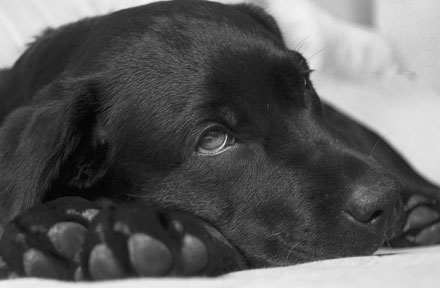
What to Feed a Sick Dog With No Appetite? [2025 Guide]
May 16, 2023
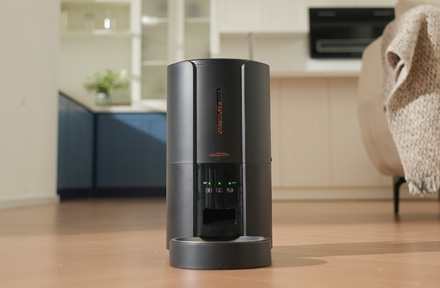
Troubleshooting Common Issues with Automatic Pet Feeders: Tips & Tricks for Pet Owners
Oct 26, 2023
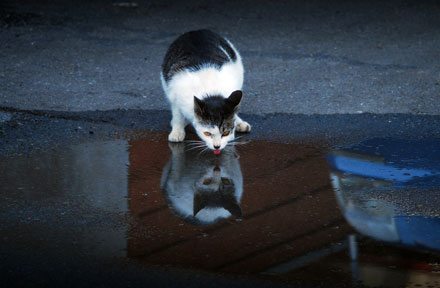
Why Does My Cat Cough After Drinking Water? 8 Potential Reasons
Mar 13, 2023
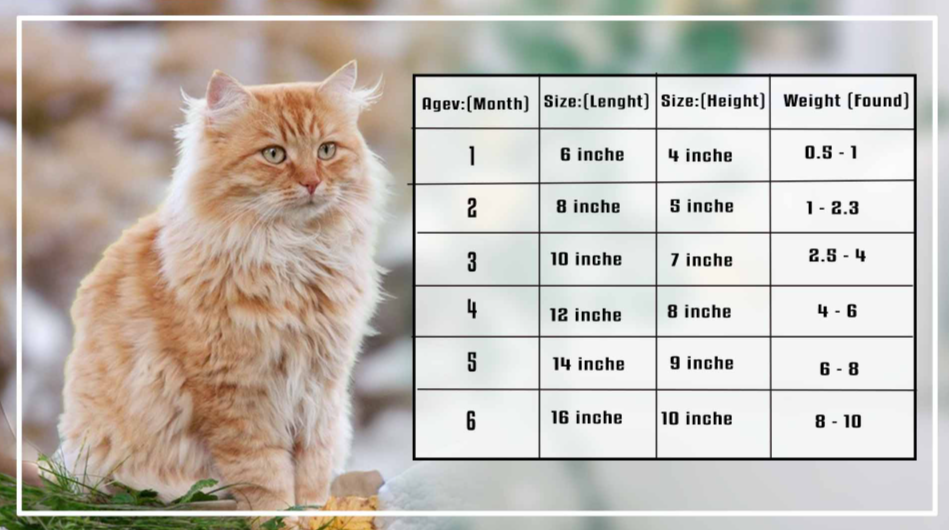
What is a standard Cat Weight chart by age Kg?
Mar 19, 2025
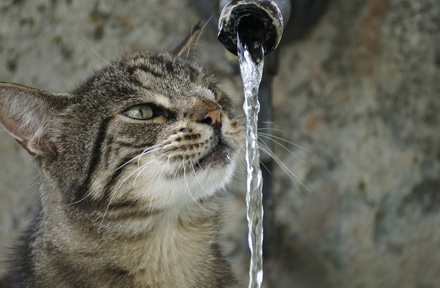
Why is My Cat Throwing up Water? Top 5 Causes Here
Feb 08, 2023
$99.99
$129.99
Copyright © 2025 WOPET. All Rights Reserved.